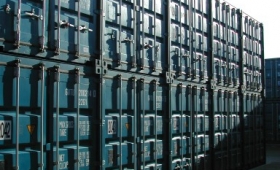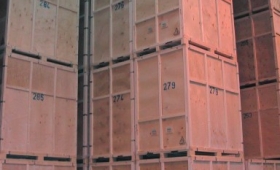
Storage Units vs Sheds and Garages
Finding storage options that meet your needs, are affordable, and give your excess clutter a…read more→

Finding storage options that meet your needs, are affordable, and give your excess clutter a…read more→

Shipping containers are useful, but we don’t think you know how useful they can be. Below we look at a definitive list of shipping container uses – we guarantee you’ll want one after!
Shipping containers are containers that are designed to be strong enough to be shipped and handled whilst protecting the items inside. They can come in many different shapes and sizes – from large steel cubes designed to be shipped long distance, to corrugated boxes. They come in various different sizes and are commonly between around 20 and 40 feet and above 8 foot high. The doors are commonly double doors that are attached to one end and hinged for maximum access. Although self storage is extremely popular within the UK at the moment, shipping containers don’t get as much of a spotlight, despite having more uses than standard storage units.
A standard storage unit is supremely useful for storing anything from seasonal furniture to stock, but it is in a fixed location. Storage containers differ because you can move them around, and do so much with them.

Storage and shipping is a particularly important investment for companies that produce perishable, hazardous or very fragile goods. Foodstuff manufacturers, chemical companies and medical supplies companies require a much higher quality of shipping container than individuals simply shipping their personal and household possessions from one location to another.
The steel containers are manufactured to protect goods from a range of weather conditions experienced when shipping goods around the world but they may also need to be insulated from the extremes of weather to protect the contents. And for perishable goods the containers will need to be individually temperature controlled. Shipping certain medical supplies that might be the target of theft will require additional alarmed security systems and alarms may also be necessary to trigger a significant drop in temperature in a refrigerated container containing foodstuffs.…read more→
Recent Comments